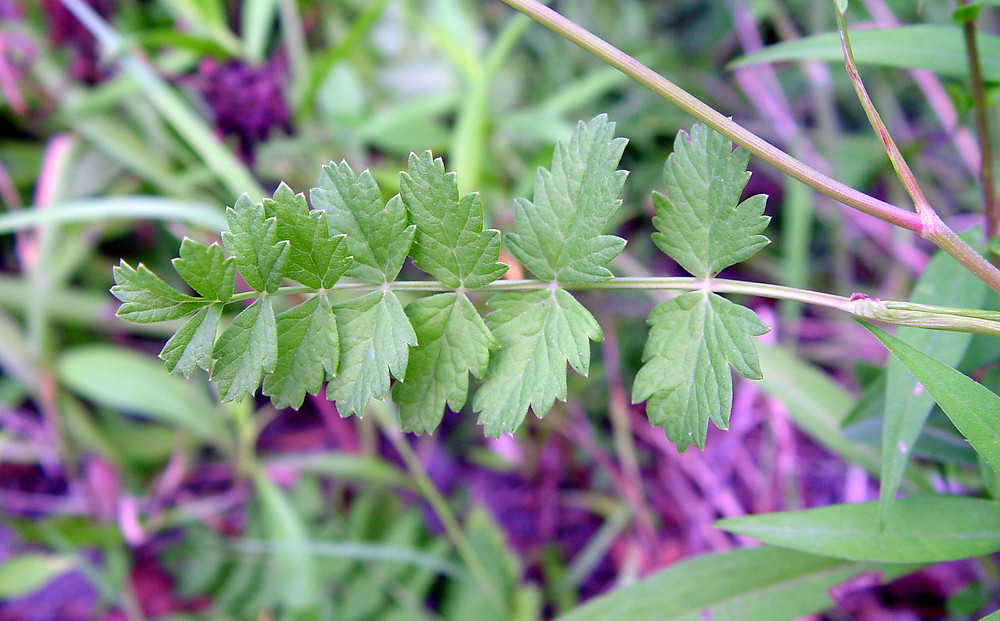Family: Umbelliferae
Native To: British Isles, temperate Europe, Western Asia
Overview
Despite its name, Pimpinella saxifraga isn’t a true Burnet or Saxifrage but shares some similar herbal effects. Traditionally valued for its diuretic and medicinal properties, this perennial plant thrives in dry pastures and along waysides, especially on chalk and limestone soils.
Botanical Description
-
Species:
-
Pimpinella major (Greater Burnet Saxifrage)
-
Pimpinella saxifraga (Lesser Burnet Saxifrage)
-
-
Plant Type: Perennial, growing 30–70 cm tall
-
Leaves: Imparipinnate with 3–9 serrated leaflets
-
Stalks: Grooved, lightly hairy; tubular in P. major
-
Flowers: Hermaphrodite, pollinated by bees (July–August)
-
Soil Preference: Sandy, loamy, clay; thrives in acidic to very alkaline, well-drained soils
-
Light: Full sun to semi-shade
Parts Used
-
Root
-
Aerial parts (herb)
Medicinal Uses
Traditionally used for:
-
Healing wounds
-
Aiding digestion
-
Relieving respiratory conditions like bronchitis and laryngitis
-
Treating kidney and urinary issues
Actions:
Antispasmodic, astringent, carminative, cholagogue, diaphoretic, diuretic, emmenagogue, expectorant, stomachic
Preparation:
-
Leaves and Herb: Collected during flowering and dried
-
Roots: Harvested in autumn or spring, dried for later use
Key Applications:
-
Root (Fresh): Very pungent and acrid, used for toothaches and paralysis of the tongue
-
Root (Dried): Mildly astringent, anti-inflammatory, and expectorant
-
External Use: Lotion made from the root regenerates aging skin
-
Distilled Water: Used as a soothing eye lotion
Fun Fact
When chewed fresh, the root generates intense heat in the mouth — a property historically exploited for dental ailments and speech impairments like tongue paralysis.
Speech Disorder
A speech disorder, also known as a speech impairment...
ADHD
Attention-deficit / hyperactivity disorder (ADHD) is a...
Cerebral Palsy(CP)
Cerebral palsy (CP) is a group of neurological disorders...
Cancer
Cancer is a broad term for diseases where cells...




